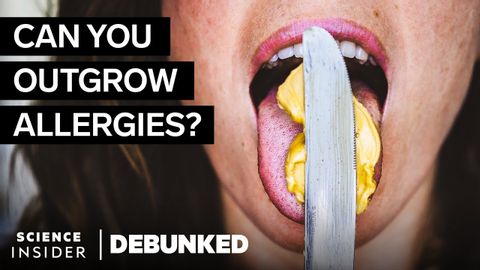アレルギー専門医が11の食物アレルギーの迷信を否定|Debunked (Allergists Debunk 11 Food Allergy Myths | Debunked)
林宜悉 が 2022 年 05 月 17 日 に投稿  この条件に一致する単語はありません
この条件に一致する単語はありませんUS /ɪˈmjoon/
・
UK /ɪˈmju:n/
- v.t./i.出場する;計算する;思う;思う
- n.姿 : 体形;数字;人物像;図表;著名人;姿の輪郭;数字
US /dɪˈtɚmɪn/
・
UK /dɪ'tɜ:mɪn/
US /ˈpæʃənɪt/
・
UK /ˈpæʃənət/
エネルギーを使用
すべての単語を解除
発音・解説・フィルター機能を解除
